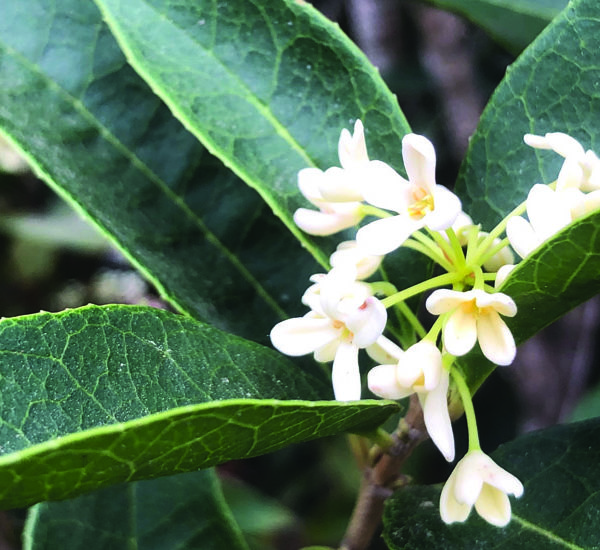Clematis
Clematis vines are one of the most popular blooming vines in gardens! Often times, they are grown draping over brick mailbox stands or on arbors and trellises. Bloom time and flower color depend on variety. Plant form and size also vary. There are planting tips that apply to all clematis; the old rule of thumb is to plant where the root zone is shaded and the top growth is in the sun. They also like sweet soil so a soil pH test along with possible applications of lime are recommended. Plant in moist, well-drained, fertile soil and provide regular watering. Be gentle during planting; vine branches may be brittle. Not all clematis feature a vining habit; some are more like perennials and shrubs. Some of the vining types can be grown as groundcovers too. Proper pruning of clematis depends on the bloom time. For spring blooming clematis, they will flower on the previous years’ growth and don’t require pruning at all. If they need pruning, trim just after flowering. Summer blooming clematis bloom on last years’ growth as well as later on new growth. These can be pruned before new growth begins in the spring; cut above the healthiest buds, and trim away crowded or damaged branches too. For later summer and fall blooming clematis, they form flowers on new growth each ear. For the best display, they should be pruned back hard each spring to about two feet off the ground, unless you are training on an overhead arbor, in which case, they should be left much longer. Again, cut above healthy buds and train as needed.
- Sun to Part Sun
- May be evergreen or deciduous
- Bloom color, size and time are variety specific, although most feature large spring blooms in various colors.
- Eye-catching blooms!
